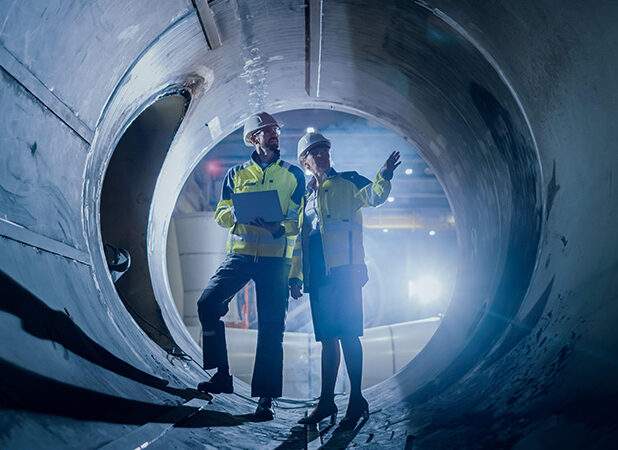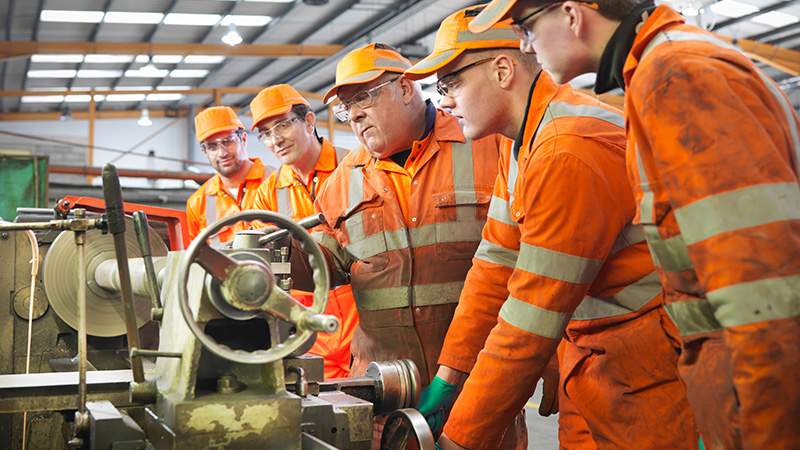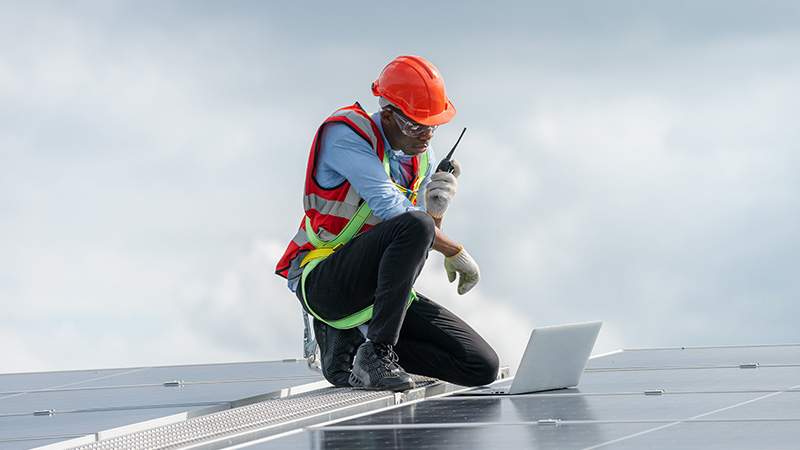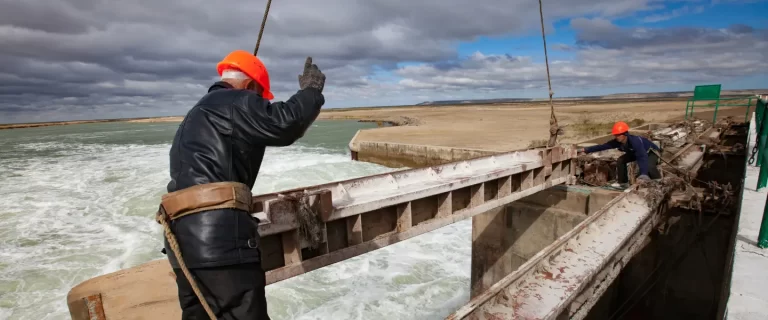Introduction
In the transition towards sustainable energy sources, the importance of efficient and reliable electrical devices has never been more crucial. Among these, the inverter stands out as a fundamental component in the realm of renewable energy. It facilitates the integration of solar and wind power into our daily lives. This article delves into the vital role of inverters, providing insights into their operation, benefits, and significance in the modern electrical grid.
What is an Inverter?
An inverter is an electrical device that plays a critical role in renewable energy systems. More specifically those involving solar panels and wind turbines. Its primary function is to convert direct current (DC) electricity—generated by solar panels or wind turbines—into alternating current (AC) electricity. AC electricity is the standard form of power used in homes, businesses, and by the electrical grid at large. This conversion process is essential for the seamless integration of renewable energy sources into the existing power infrastructure. Like this we ensure that the clean energy generated is readily usable and distributable.
How Do Inverters Work?
The core mechanism of an inverter involves a series of electronic components. These switch the DC input in a manner that mimics the sinusoidal wave of AC power. Intricate control mechanisms match the process to the voltage, frequency, and phase of the AC electricity in the grid. Thereby making the output compatible with all standard electrical devices and systems. Additionally, advanced inverters are also equipped with smart technology. This enables them to optimize energy conversion, manage power fluctuations, and provide data on system performance.
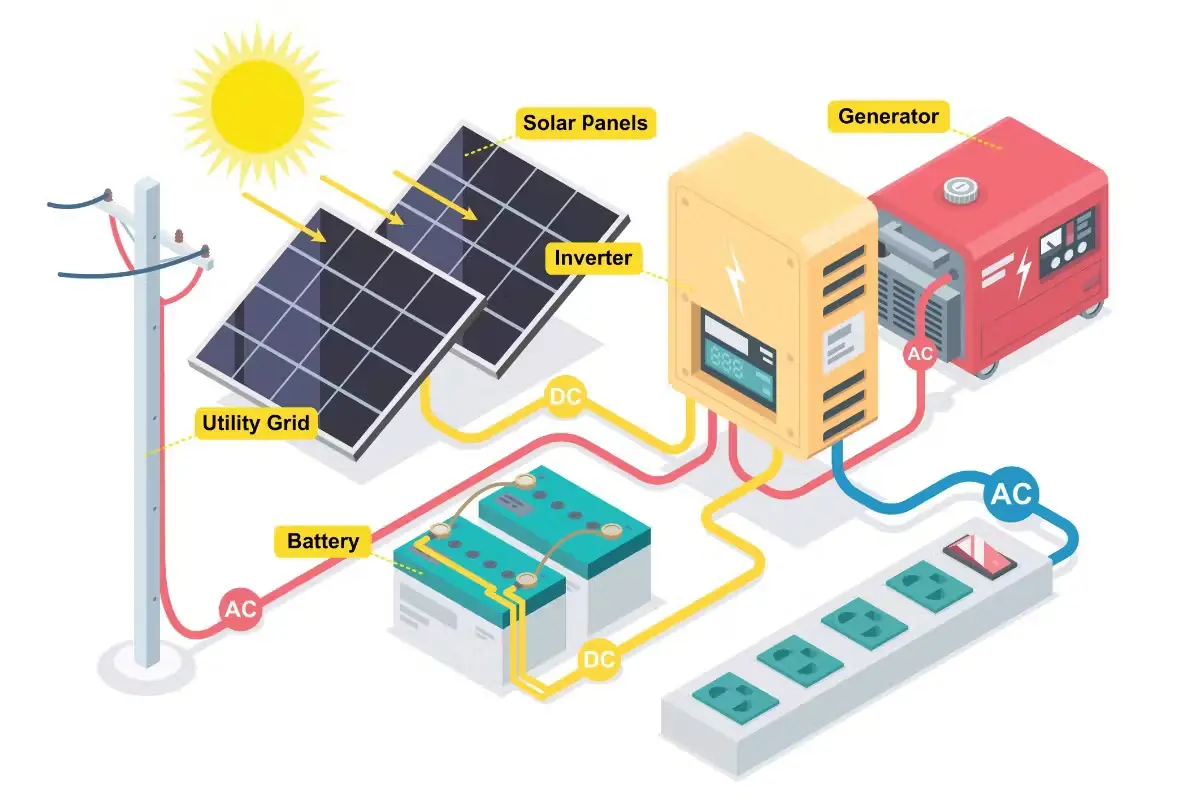
Even with higher initial costs, a hybrid inverter can pay off in the long run by giving you a solar inverter that maximizes the operations of your PV system. Source: Hybrid Inverter for Solar: Pros, Cons, and What To Know (palmetto.com)
Types of Inverters
There are several types of inverters, each designed to meet specific requirements and applications in renewable energy systems:
String Inverters
Ideal for solar panel arrays, where panels are connected in series, feeding into a single inverter.
Microinverters
Attached to individual solar panels, allowing for independent conversion and enhancing system efficiency, especially in partial shading conditions.
Central Inverters
Suited for large-scale solar installations, these inverters handle high volumes of DC electricity, converting it into AC power for industrial or utility use.
Hybrid Inverters
Combine the functionality of a traditional inverter with a battery charger, facilitating energy storage solutions alongside conversion.
Benefits of Using Inverters
Efficiency Improvement
Inverters optimize the conversion process, minimizing energy losses and maximizing the usable power output from renewable sources.
Grid Integration
By converting DC to grid-compatible AC, inverters ensure that renewable energy can be easily distributed and utilized within the existing electrical infrastructure.
System Flexibility
The variety of inverter types allows for tailored solutions that fit the specific needs of any renewable energy project, from residential solar arrays to large wind farms.
Enhanced Energy Management
Smart inverter technologies enable more precise control over energy production, storage, and consumption, contributing to a more resilient and responsive electrical grid.
Conclusion
With the growth of renewable energy consumption, the role of inverters becomes important. These devices not only facilitate the conversion of DC to AC power but also enhance the efficiency, reliability, and integration of renewable energy systems into our daily lives. By understanding the function, types, and benefits of inverters, stakeholders in the energy sector can make informed decisions. This helps promote the adoption of sustainable power solutions, driving us towards a greener future.
Optimize Your Energy Solutions with Inverters
Whether you are considering the installation of solar panels for your home or looking to understand the components of a wind turbine, recognizing the critical role of inverters is essential. Explore how these devices can transform renewable energy into a viable, efficient, and integral part of your energy consumption or generation strategy. For more insights into renewable energy technologies and their components, visit our glossary at wtsenergy.com.
Frequently asked questions
What is the difference between a solar inverter and a regular inverter?
Solar inverters convert DC from solar panels to AC electricity, optimized for solar energy, unlike regular inverters that may handle various DC sources.
Can an inverter work with both solar panels and wind turbines?
Yes, inverters can convert DC electricity from both solar panels and wind turbines into AC, if designed for those power characteristics.
How long do inverters last?
Inverters typically last between 10 to 15 years, depending on their quality, environmental conditions, and maintenance.
Can I install an inverter by myself?
Installing an inverter requires electrical knowledge and adherence to safety practices; professional installation is recommended to ensure safety and efficiency.
